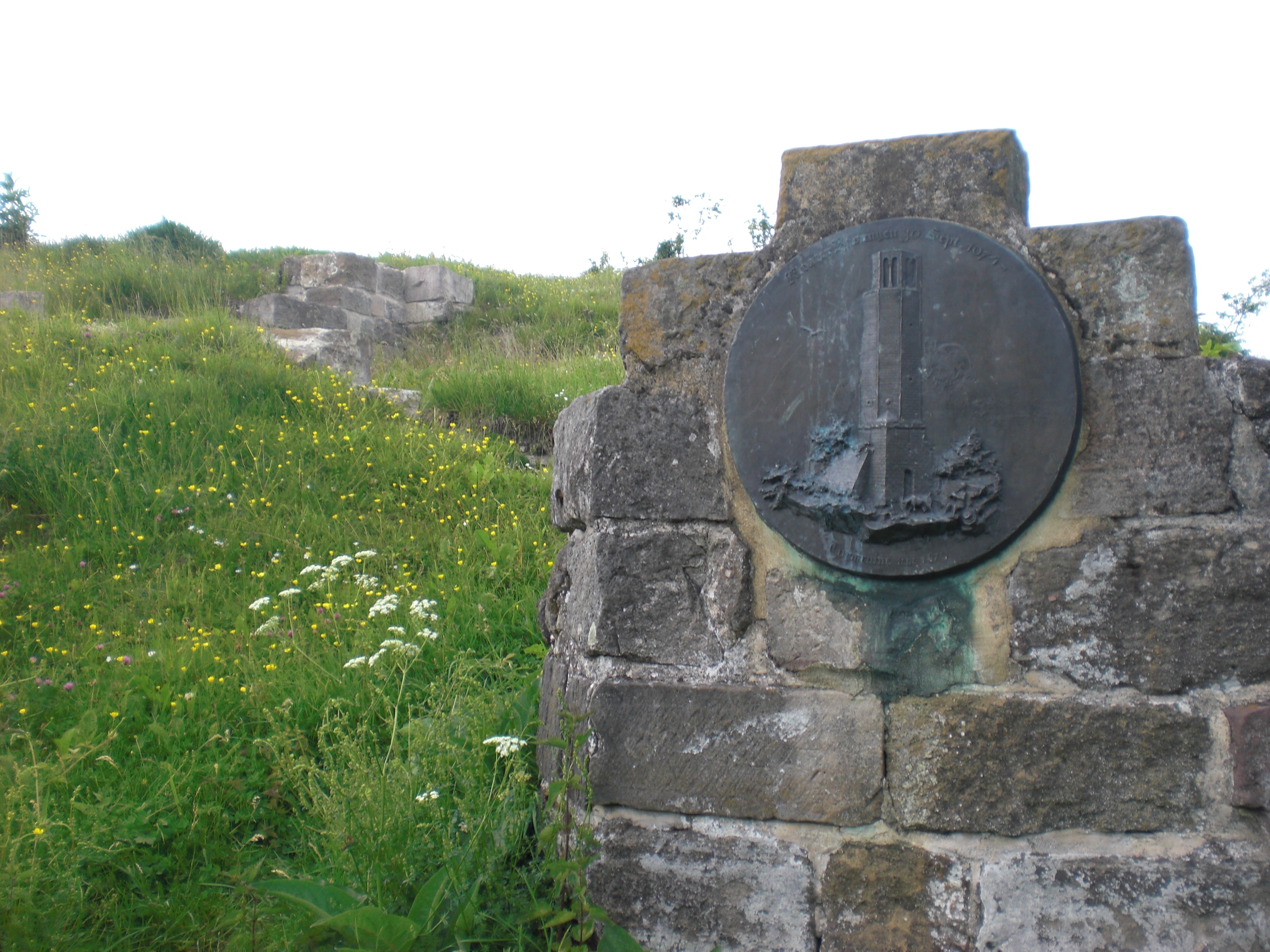Hasungen Abbey on:
[Wikipedia]
[Google]
[Amazon]
 Hasungen Abbey (german: Kloster Hasungen) was a monastery of the
Hasungen Abbey (german: Kloster Hasungen) was a monastery of the
Hasungen Abbey Website
Burghasungen Website
Benedictine monasteries in Germany Monasteries in Hesse 1074 establishments in Europe Christian monasteries established in the 11th century {{Hesse-struct-stub
 Hasungen Abbey (german: Kloster Hasungen) was a monastery of the
Hasungen Abbey (german: Kloster Hasungen) was a monastery of the Benedictine Order
, image = Medalla San Benito.PNG
, caption = Design on the obverse side of the Saint Benedict Medal
, abbreviation = OSB
, formation =
, motto = (English: 'Pray and Work')
, foun ...
located at Burghasungen, now a part of Zierenberg in Hesse
Hesse (, , ) or Hessia (, ; german: Hessen ), officially the State of Hessen (german: links=no, Land Hessen), is a state in Germany. Its capital city is Wiesbaden, and the largest urban area is Frankfurt. Two other major historic cities are Da ...
in Germany
Germany, officially the Federal Republic of Germany (FRG),, is a country in Central Europe. It is the most populous member state of the European Union. Germany lies between the Baltic and North Sea to the north and the Alps to the sou ...
.
The site is at the top of a basalt
Basalt (; ) is an aphanitic (fine-grained) extrusive igneous rock formed from the rapid cooling of low-viscosity lava rich in magnesium and iron (mafic lava) exposed at or very near the surface of a rocky planet or moon. More than 90% of a ...
mountain, the Hasunger Berg. In 1074 a monastery was built, on the authority of Siegfried I, Archbishop of Mainz, over the grave of the hermit Heimerad Heimerad (also known as ''Heimrad'', ''Haimrad'' or ''Heimo'') (c. 970 in Meßkirch near the Bodensee in Baden – 28 June 1019 on the Hasunger Berg (now Burghasungen) near Kassel) was a German priest and travelling preacher, popularly revered as a ...
(d. 1019), who had a little chapel and hermitage here.
The historian Lambert of Hersfeld Lambert of Hersfeld (also called Lampert; – 1082/85) was a medieval chronicler. His work represents a major source for the history of the German kingdom of Henry IV and the incipient Investiture Controversy in the eleventh century.
Life
What ...
(d. circa 1088) was possibly abbot of Hasungen towards the end of his life.
The monastery existed until the Reformation
The Reformation (alternatively named the Protestant Reformation or the European Reformation) was a major movement within Western Christianity in 16th-century Europe that posed a religious and political challenge to the Catholic Church and i ...
, introduced in Hesse in 1527 by Philipp I of Hesse. Until then the abbey had been a centre of pilgrimage because of Heimerad, commonly venerated as a saint.
After the Reformation the buildings fell into ruins, except for the tower of the abbey church, which however in 1876 a bolt of lightning struck and destroyed. Now only a few stones remain.
Burials
*Heimerad Heimerad (also known as ''Heimrad'', ''Haimrad'' or ''Heimo'') (c. 970 in Meßkirch near the Bodensee in Baden – 28 June 1019 on the Hasunger Berg (now Burghasungen) near Kassel) was a German priest and travelling preacher, popularly revered as a ...
* Siegfried I (Archbishop of Mainz)
External links
Hasungen Abbey Website
Burghasungen Website
Benedictine monasteries in Germany Monasteries in Hesse 1074 establishments in Europe Christian monasteries established in the 11th century {{Hesse-struct-stub